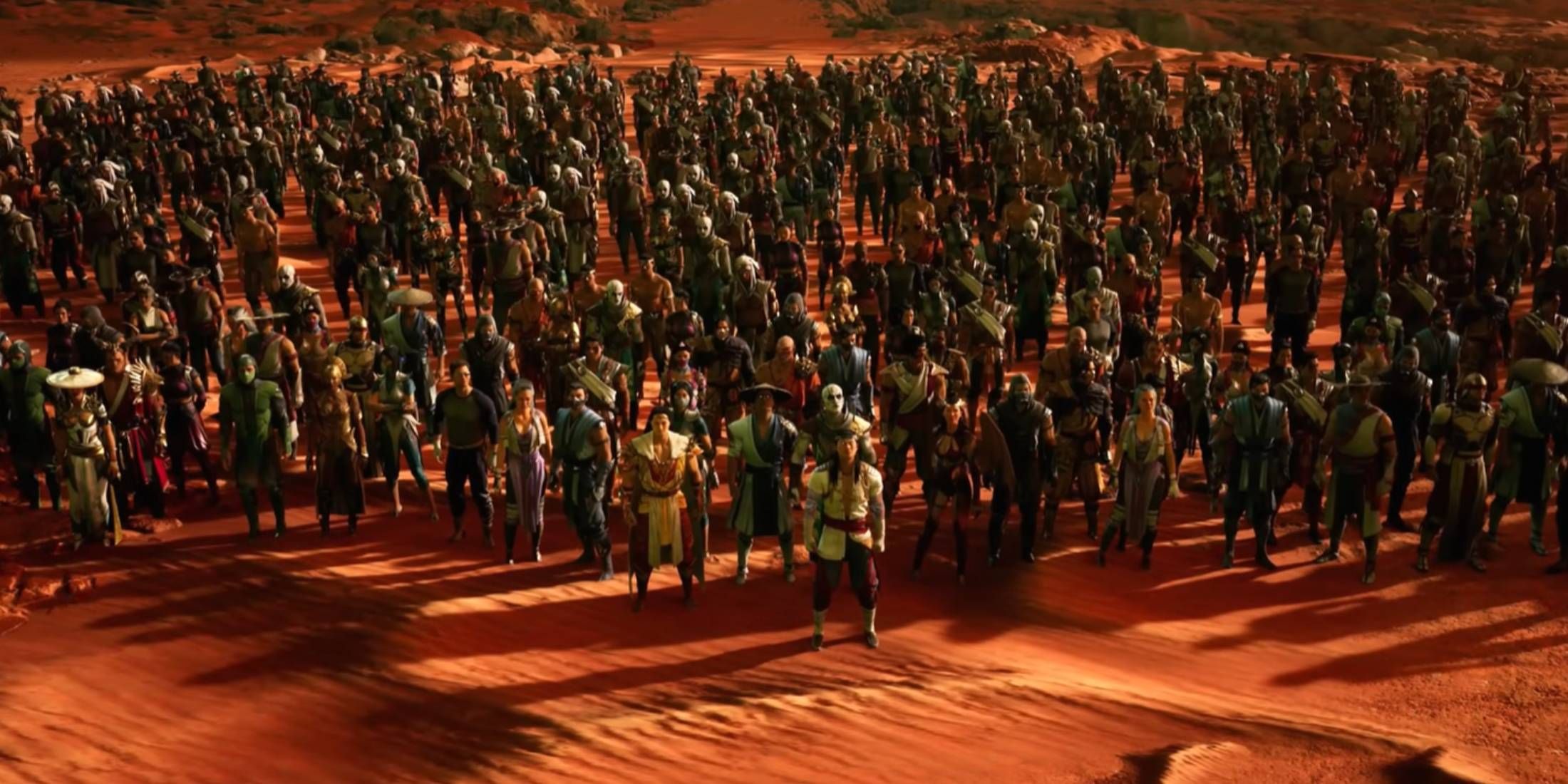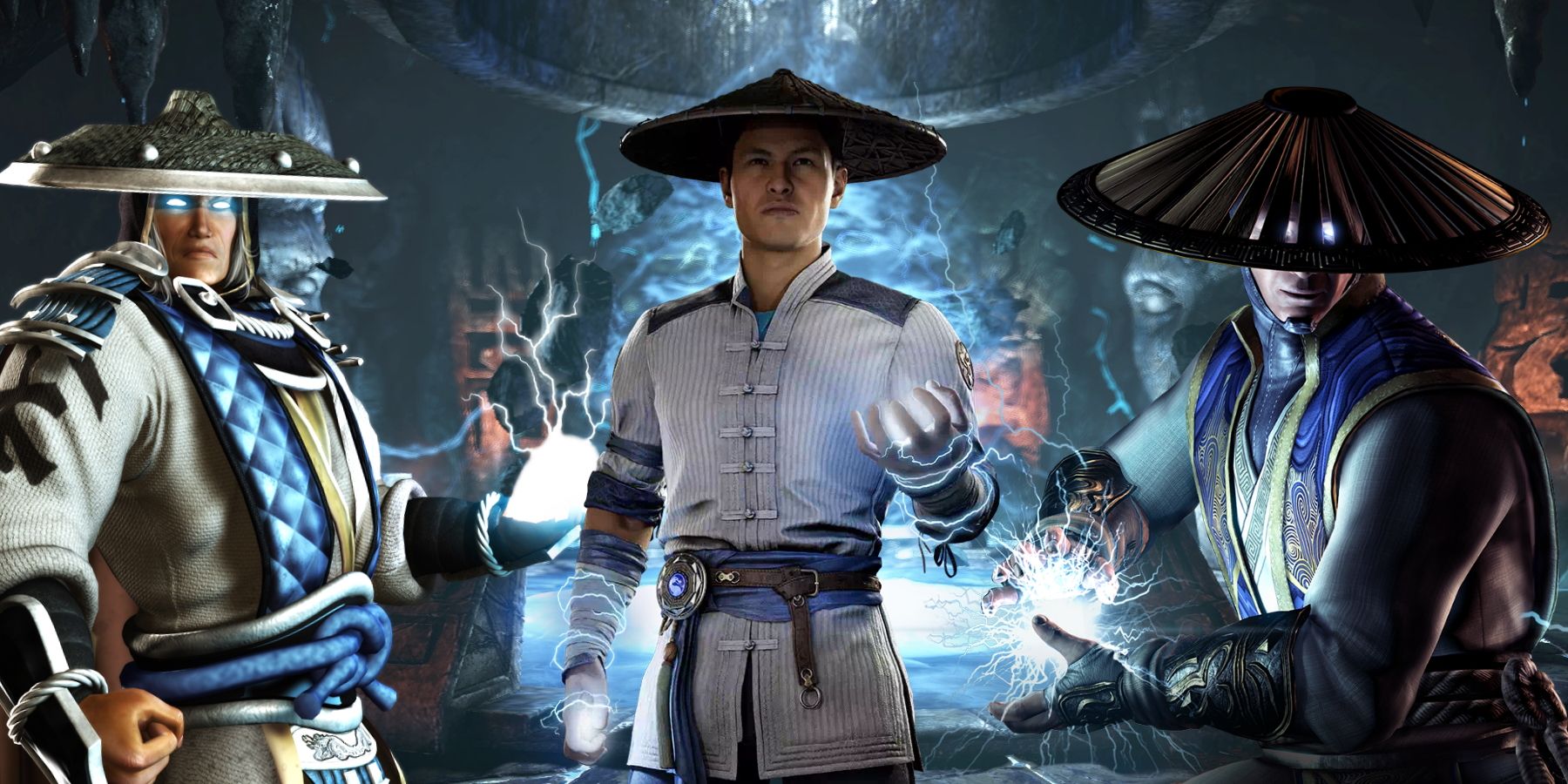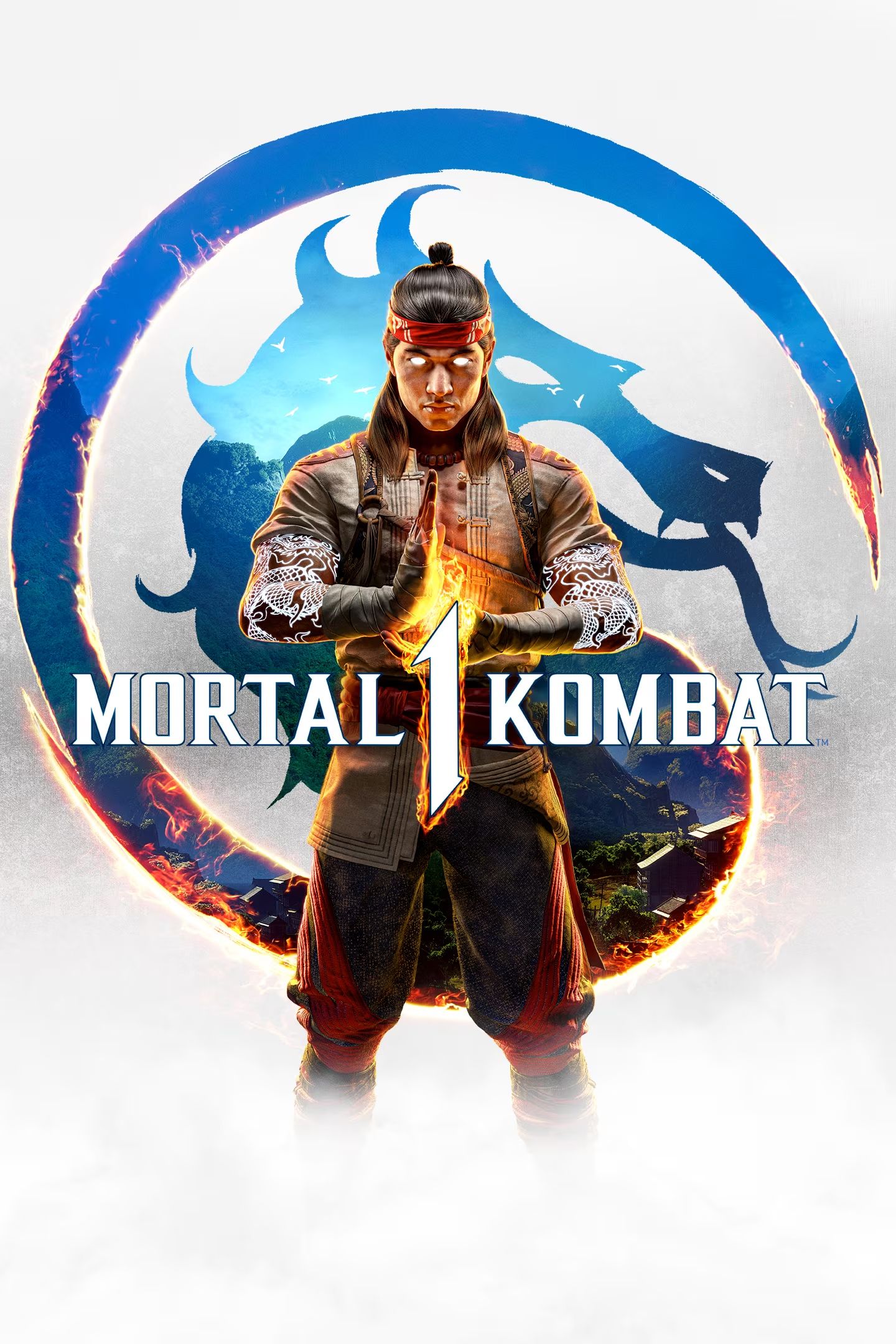Highlights
- Raiden's evolution throughout the Mortal Kombat series reflects the overall evolution of the game.
- Fans appreciate Raiden's various versions, from the rebellious and edgy Raiden in Mortal Kombat: Deadly Alliance to the imposing Dark Raiden in Mortal Kombat 11.
- While some versions of Raiden are more controversial than others, his different appearances have contributed to his status as an iconic character in the franchise.
One of the most powerful characters in the Mortal Kombat universe since his introduction back in the original 1992 game, Raiden is an undisputed icon of the fighting game genre. As the God of Thunder fighting to protect the order of Mortal Kombat’s realms against many enemy forces over the years, he has established himself as one of the most powerful and influential characters of the series' lore. With the drastic changes seen in his latest Mortal Kombat 1 iteration, however, the history of Raiden’s evolution has become more relevant than ever.
Many of Mortal Kombat’s fighters have sat out a game or two as rosters have changed with each game, but Raiden holds a distinction few others do as a character who has appeared in every single mainline entry. Like other long-time kombatants of the franchise, the ways that Raiden has developed with each release can be seen as somewhat representative of Mortal Kombat’s evolution as a whole. Raiden’s appearances in other MK media and his status as an Injustice 2 guest character have worked to make him one of the faces of the series, but his incarnations in the core series have been more varied than some fans might guess at first.
This list is only focusing on Raiden's versions in mainline Mortal Kombat games.
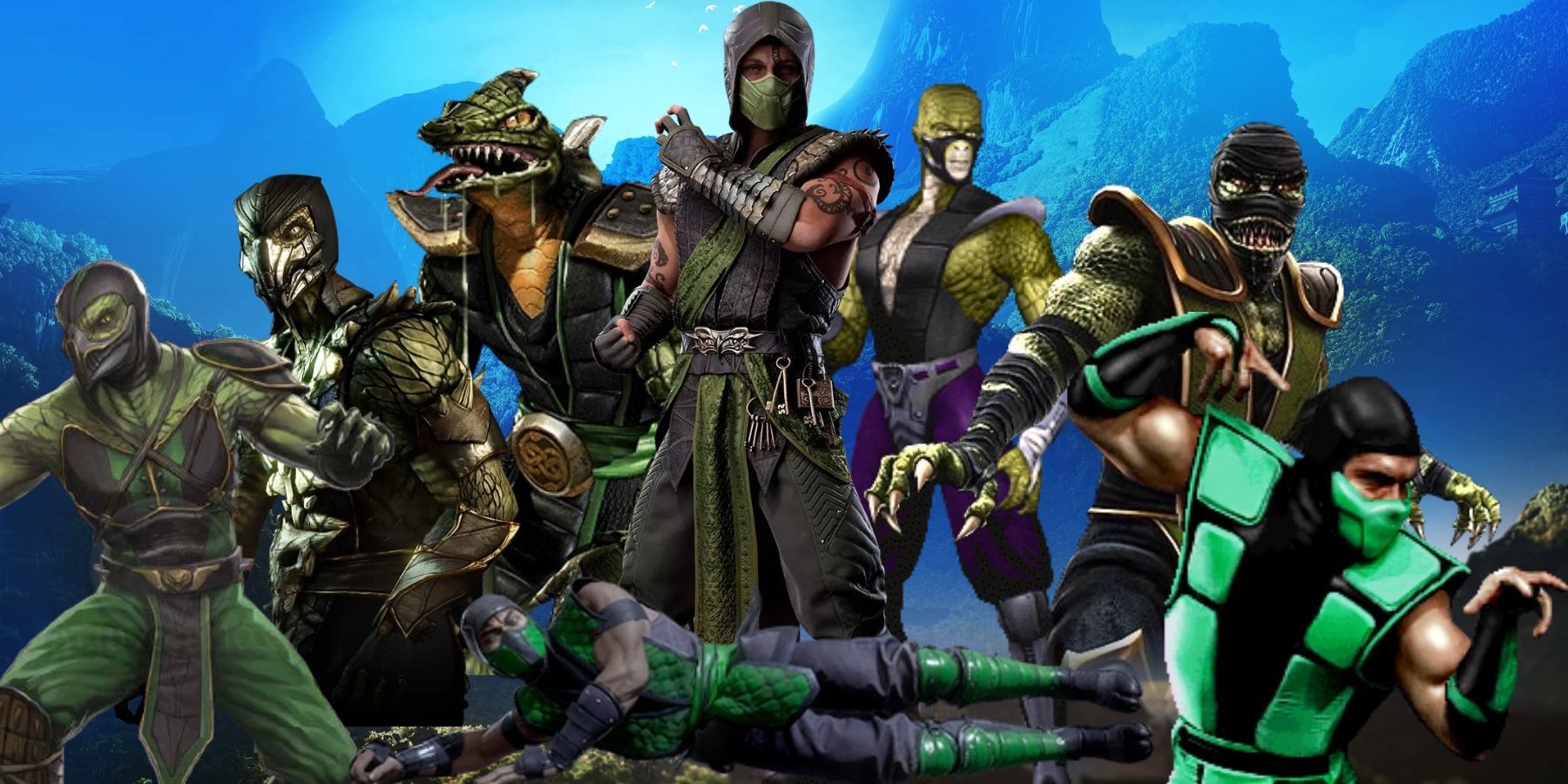
Why Mortal Kombat 1's Reptile was the New Era's Best Reinvention
Mortal Kombat 1's cast of characters saw many klassic MK staples reinvented for the new era, and one in particular had the most substantial refresh.
S-Tier
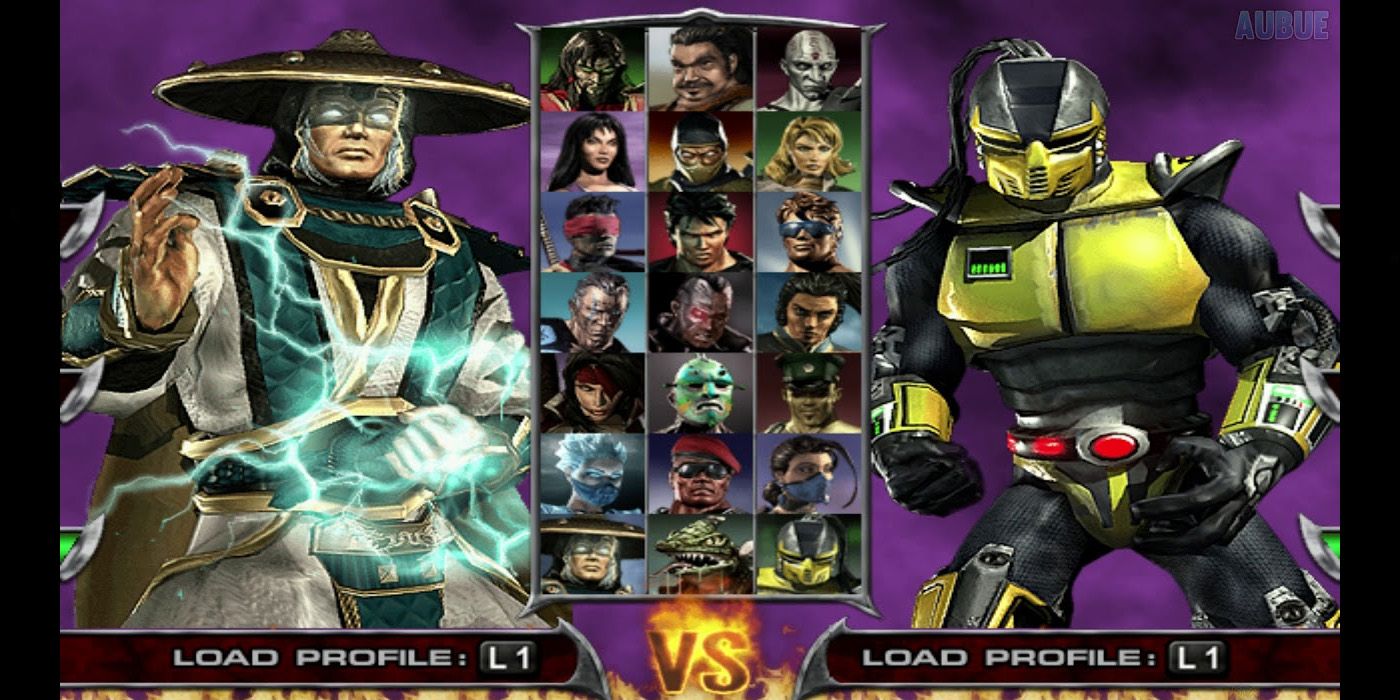
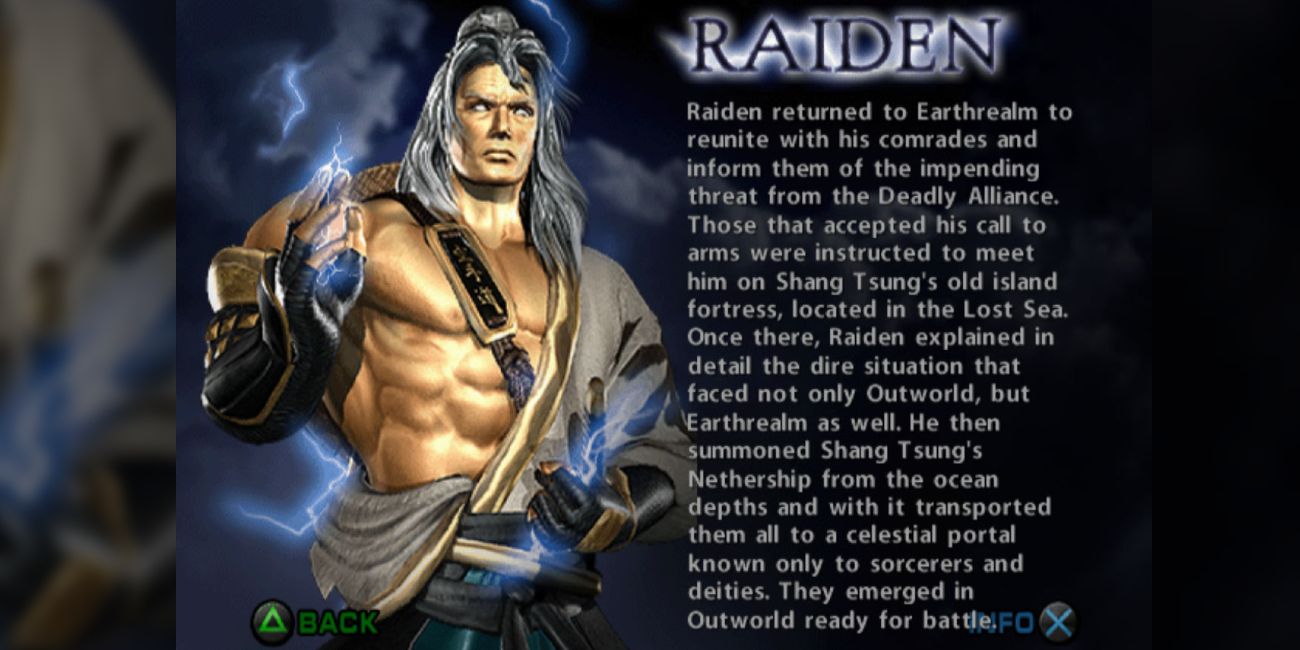
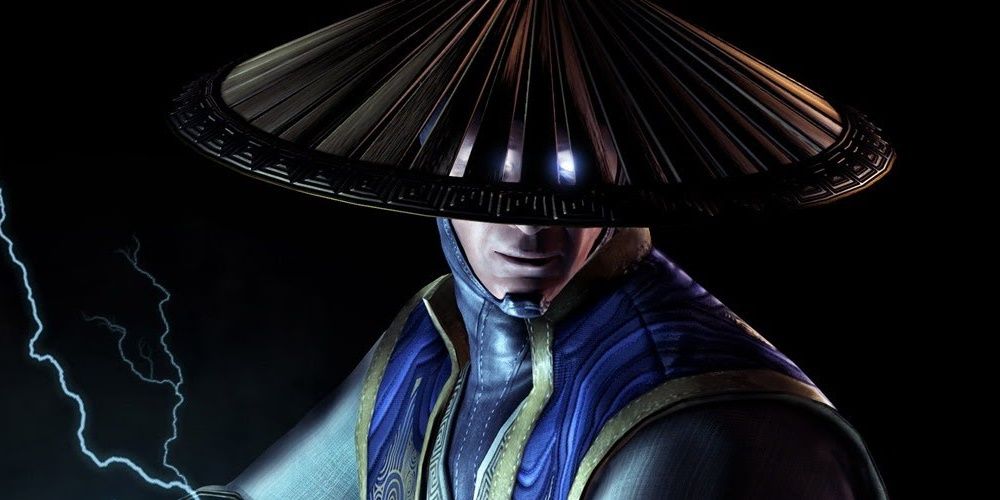
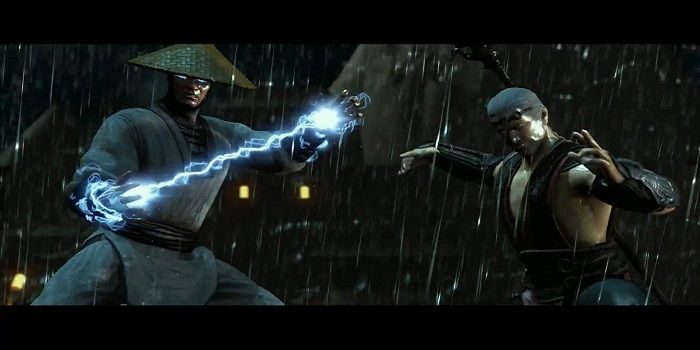
Mortal Kombat: Deadly Alliance
The version that began to establish the more armored and ornate look that he would become known for, DA’s Raiden is fondly remembered by players of the early 3D era of MK. Having relinquished his god status after witnessing the complicit nature of the Elder Gods regarding the Deadly Alliance’s formation, this game marked the beginning of a more rebellious and edgy Raiden that exists as more of a true character with deeper motivations.
Mortal Kombat X
An iteration that’s more praised for the strength of his gameplay than other elements, MKX’s Raiden could be considered definitive in terms of his moveset for many fans of the darker 2015 entry. Between his different variations and the presence of both normal and Dark Raiden, this version is far less controversial than his subsequent appearances.
A-Tier
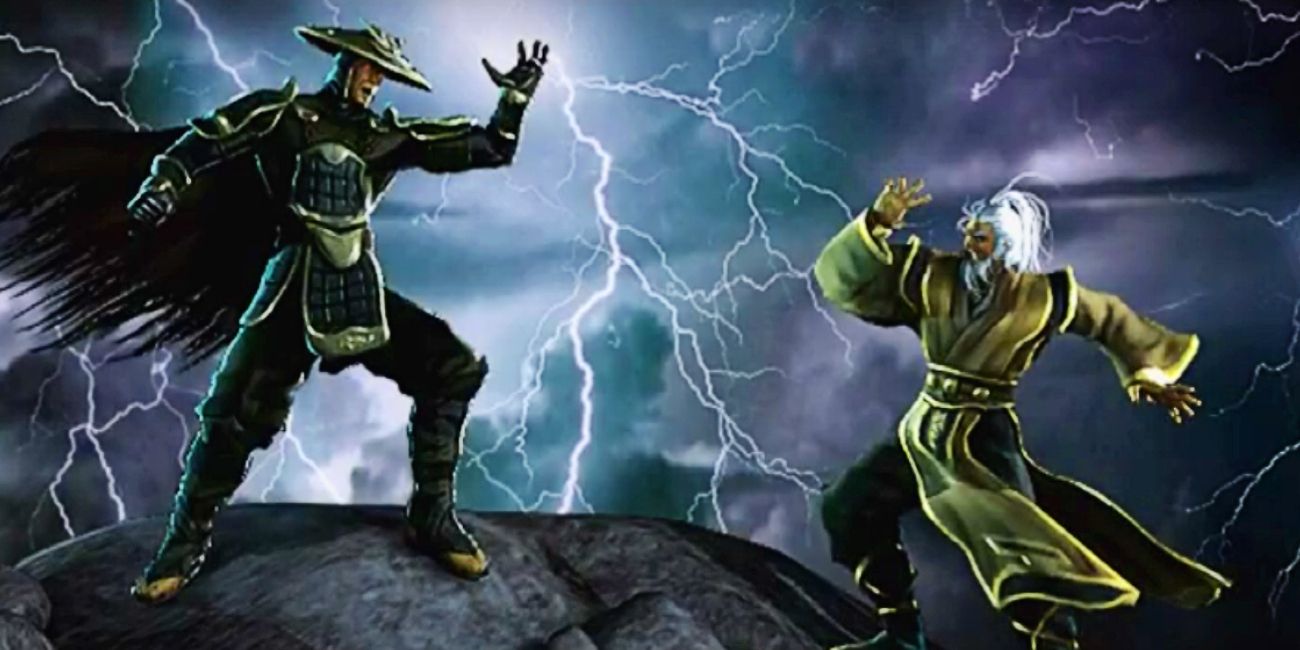
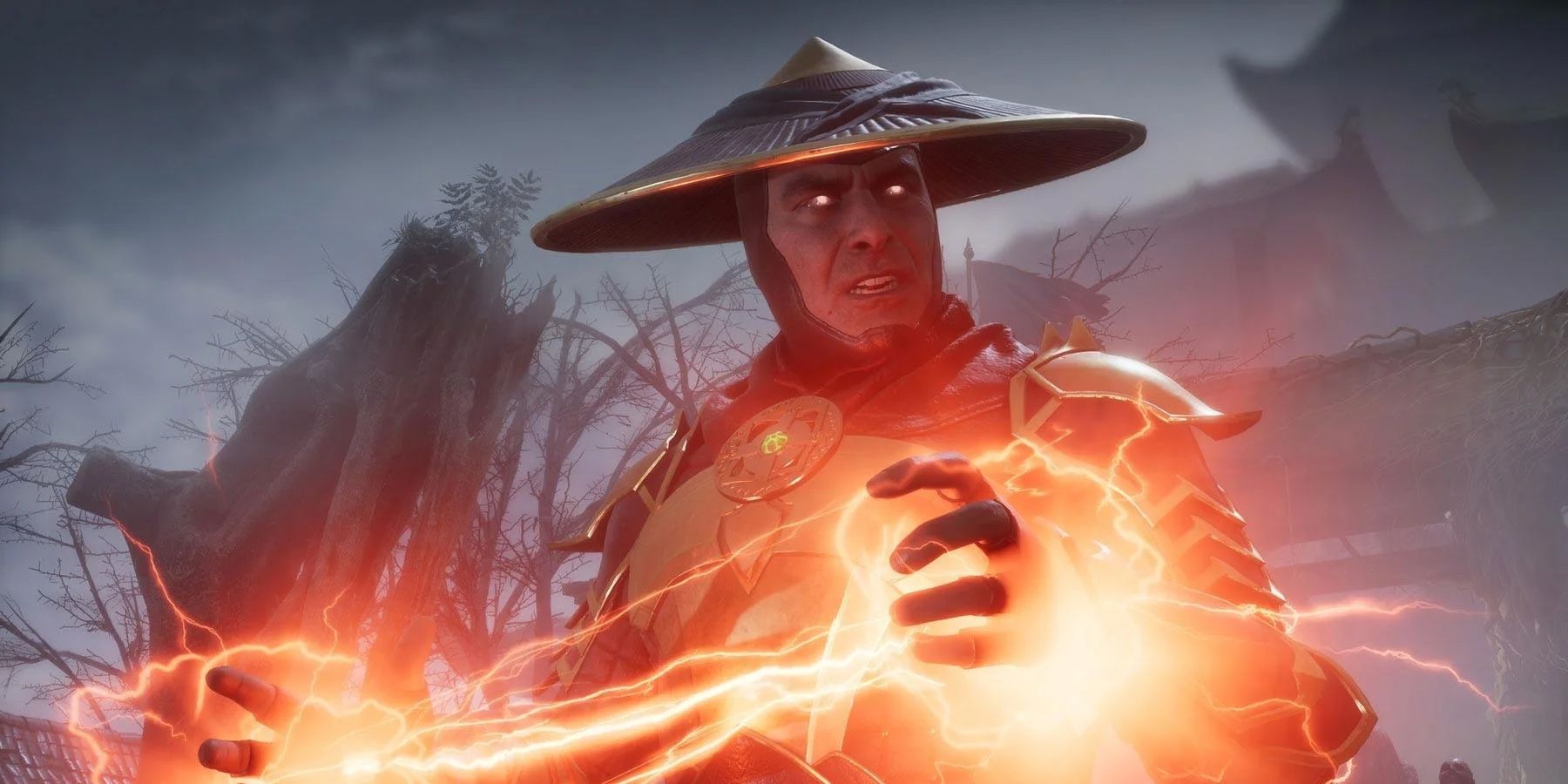
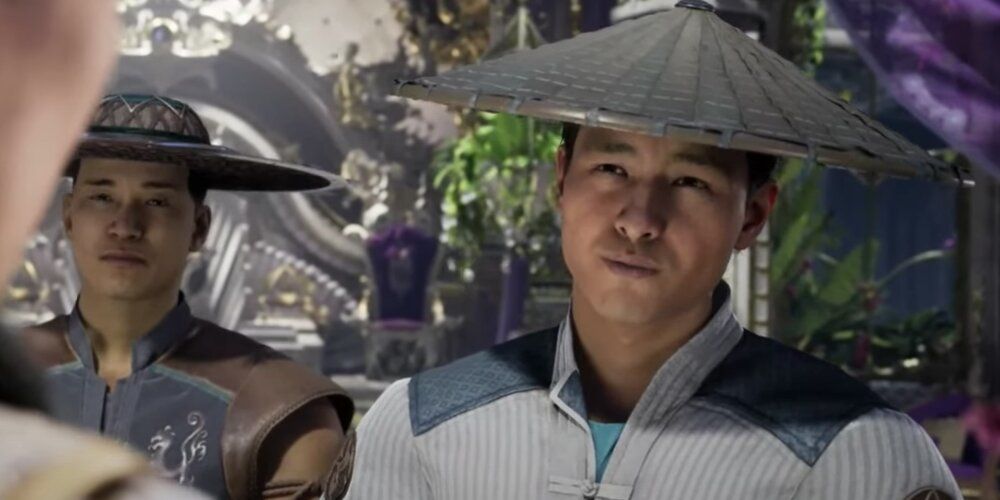
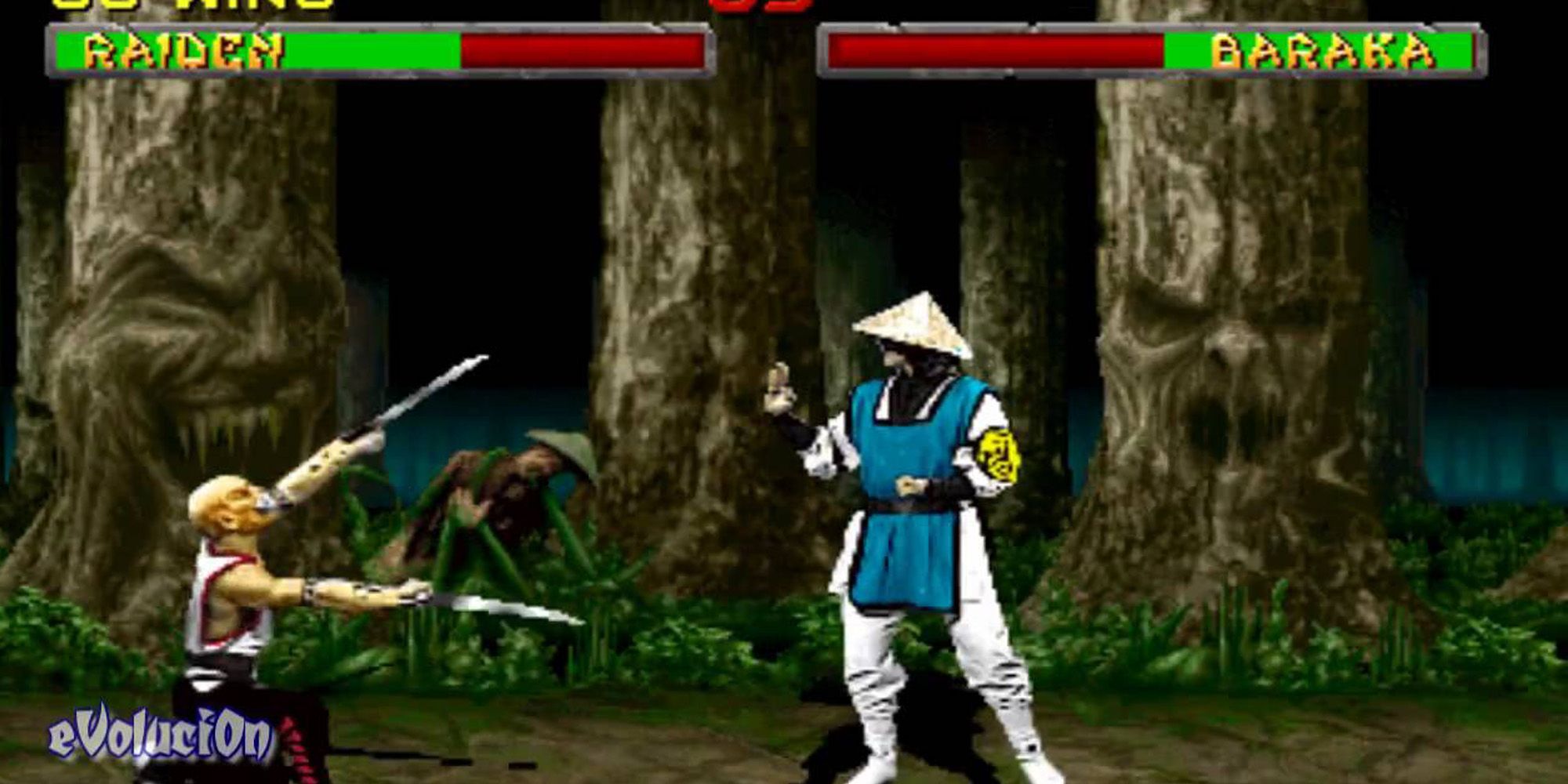
Mortal Kombat: Deception / Armageddon
With the debut of Dark Raiden, Deception saw the God of Thunder destroyed in his battle against the Deadly Alliance and Onaga before his energy would reform into a more ruthless version of the character. Responsible for the resurrection of the undead Liu Kang and unafraid to cooperate with evil rulers, this Raiden is a definitive interpretation for fans who enjoy when Mortal Kombat leans into a darker tone. He would appear as the same Dark Raiden once again in Armageddon with few differences, and it was after this game that he would end up sending a message to his past self to kick off MK9’s events.
Mortal Kombat 11
MK11’s Dark Raiden manages to be the most imposing version of the character to many players, and the availability of his classic design through the time travel featured in the story makes this version just as versatile as MKX’s. While the evolution of his design here is practically perfect for a lot of fans, his more zoner-oriented gameplay in this version makes him overall controversial when compared to the praise his more aggressive style previously earned.
Mortal Kombat 1
MK1 marked a massive shift in the series' status quo through the introduction of Fire God Liu Kang taking up the role Raiden would typically occupy, but this change went both ways. While the mortal hero Liu Kang was promoted to the role of godhood, Raiden was brought to the Earthrealm as a mere mortal himself this time around. This new interpretation of Raiden has garnered a lot of appreciation from fans who find his humility and ambition more captivating than his prior sense of godly detachment, but it also ultimately feels like a standard adherence to the hero formula that Liu Kang followed.
Mortal Kombat 2
Many aspects that would come to define classic members of MK’s cast were first established in the 1993 sequel, and Raiden’s iconic old-school look is no exception to this. While his power as a Thunder God was clear from his first appearance, his personality and sense of justice that fights for order were far more clear in MK2. The first time he would wear the blue elements of his outfit that he’s associated with to this day, one of Raiden’s earliest versions was key to creating his identity as more than just a god.
B-Tier
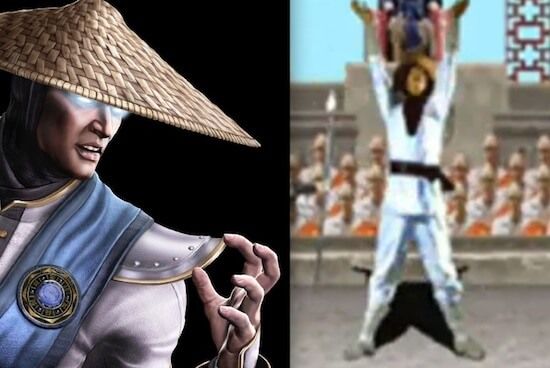
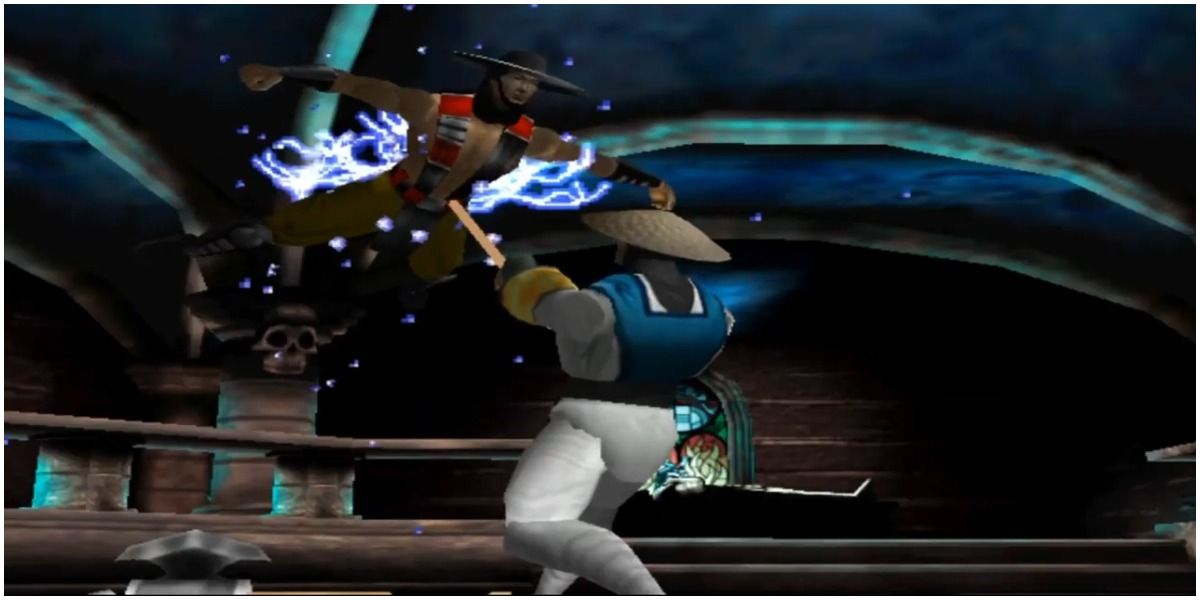
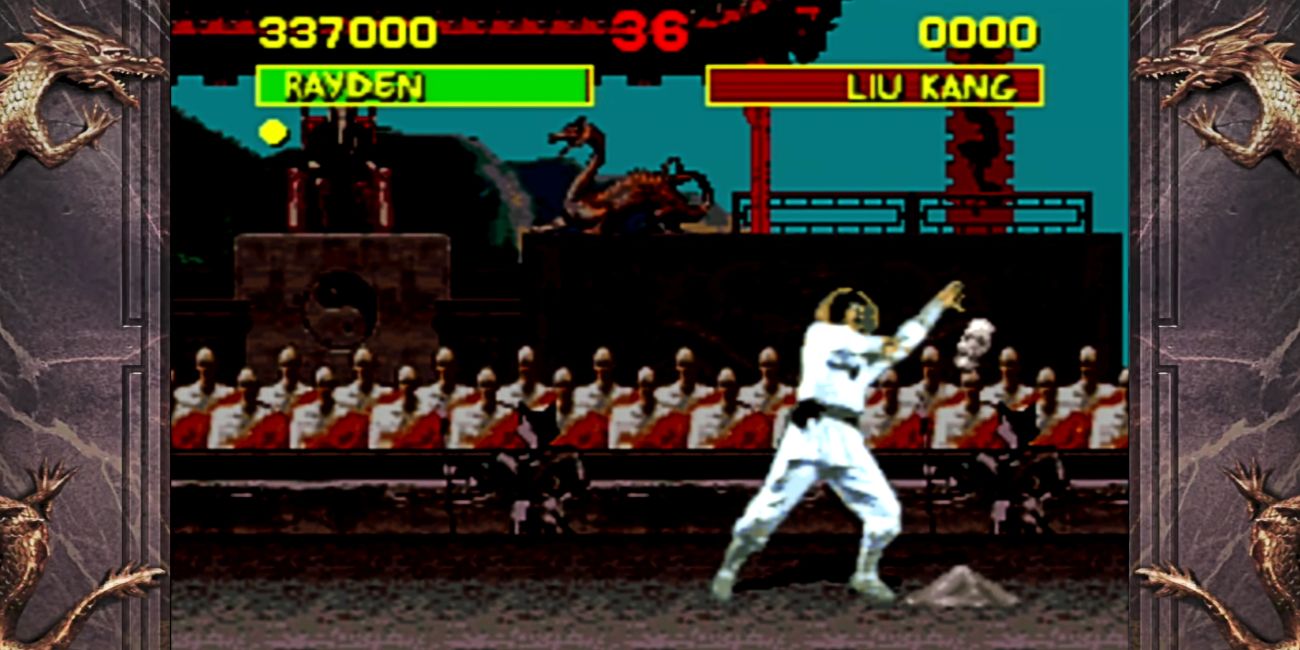
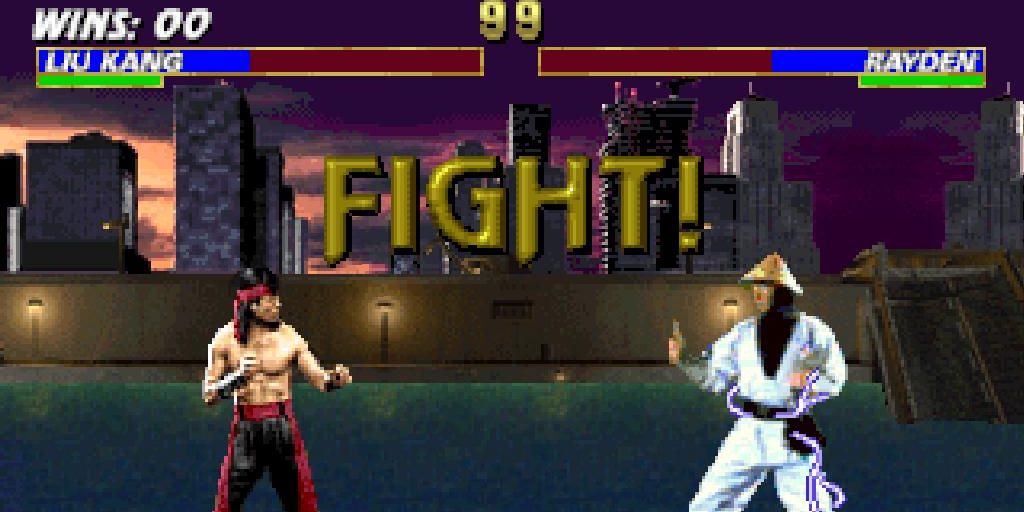
Mortal Kombat (2011)
When the franchise returned to an earlier point in the timeline with the reboot of MK9, Raiden was brought back to his traditional God of Thunder appearance from before his descent into darkness. While it was refreshing to see him in the context of the series at the time, this version of Raiden was quite straightforward and lacked the edge that had previously made him feel more complex. With strong visual flair and gameplay that would continue to evolve into his later iterations, however, the 2011 interpretation of Raiden is still one of his most recognizable.
Mortal Kombat 4
Often seen as a low point for the overall Mortal Kombat series when viewed in retrospect, MK4 has suffered from not aging quite as well as the 2D originals that came before. It was a game that experimented with a new 3D aesthetic, a huge change that didn’t end up working out for every returning character. Raiden in MK4 was fortunate enough to receive an update that could be considered important to the evolution of his design, as it began to move into more of a regal and slightly ornate look despite the simplicity of his strange stance.
Mortal Kombat (1992)
Much of what would define Raiden for decades to come was introduced with his very first appearance, but that doesn’t mean it holds up as well as his later iterations. With a design that was far more plain than what would follow, the first Raiden’s appearance could still be mistaken for that of a simple farmer were it not for his signature lightning. With a thin characterization led by the novelty of his god status, this early version is an entertaining but somewhat shallow look into the past of MK.
Mortal Kombat Trilogy
While it was more of the same as seen in the previous game, MKT’s Raiden didn’t quite have the same impact as the evolution he saw before. Missing on the base roster and UMK3 update alike, Raiden only became available in the further Trilogy update after more miscellaneous characters like Jade and Ermac already took precedence. Still a fun version for fans of his gameplay, this Raiden just doesn’t have the same weight as his other appearances despite its status as his final outing in the arcade era of Mortal Kombat.

